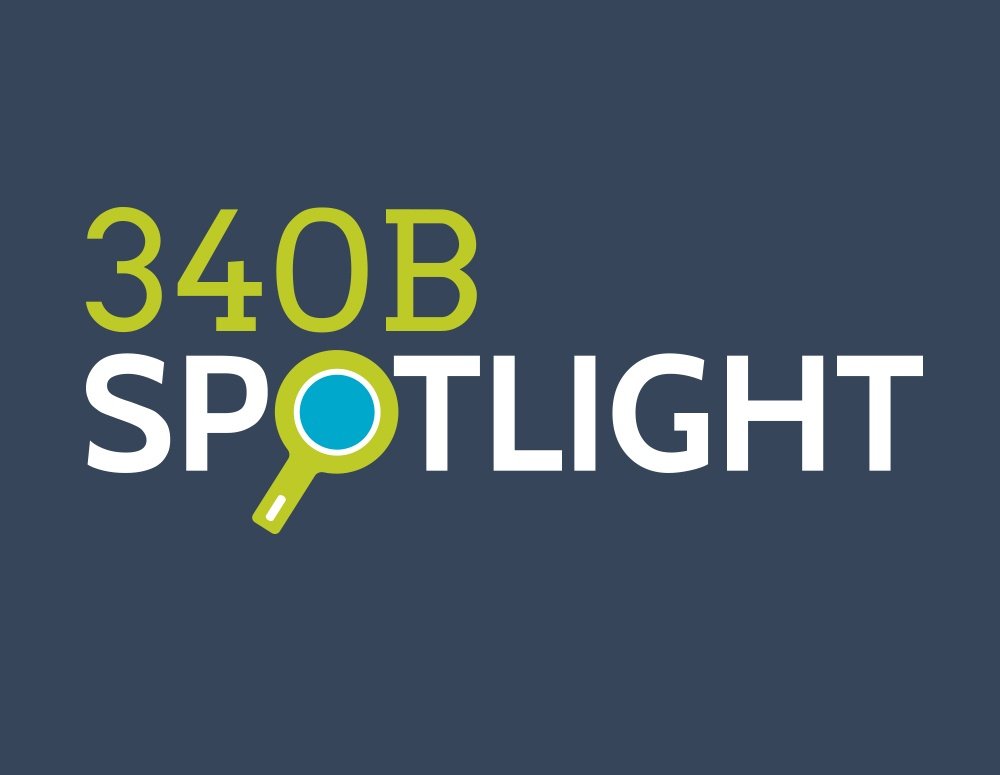340B Spotlight: New report raises questions about eligibility metric for 340B hospitals
Hospital eligibility criteria and 340B

340B Spotlight: New report raises questions about eligibility metric for 340B hospitals.
Hospital eligibility criteria and 340B

340B Spotlight: New report raises questions about eligibility metric for 340B hospitals.
 A new report from the Government Accountability Office (GAO) on how hospitals qualify for certain uncompensated care payments raises questions about how a similar eligibility metric is used to determine 340B eligibility for disproportionate share (DSH) hospitals. The vast majority (81 percent) of 340B sales are through DSH hospitals.[1] These hospitals qualify for the program in part because of the DSH metric, which is based on the proportion of inpatient care provided to Medicaid and low-income Medicare patients.
A new report from the Government Accountability Office (GAO) on how hospitals qualify for certain uncompensated care payments raises questions about how a similar eligibility metric is used to determine 340B eligibility for disproportionate share (DSH) hospitals. The vast majority (81 percent) of 340B sales are through DSH hospitals.[1] These hospitals qualify for the program in part because of the DSH metric, which is based on the proportion of inpatient care provided to Medicaid and low-income Medicare patients.
We have raised questions about this eligibility metric in the past because it is tied to the number of insured patients that a hospital treats instead of tying 340B eligibility to the level of charity care provided to vulnerable or uninsured patients. Further, this eligibility metric is leading to more hospitals qualifying for 340B due to the Medicaid expansion in the Affordable Care Act. Government analysis demonstrates this coverage expansion is lowering the uncompensated care burden at many hospitals, raising additional questions about appropriate use of the DSH metric.
In this report, the GAO raises questions about the suitability of a metric similar to DSH that is also based on care provided to Medicaid and low-income Medicare patients. That metric is used to help determine Medicare uncompensated care payments to hospitals that are designed to help offset uncompensated care costs. The GAO noted that this metric resulted in payments largely based on the number of Medicaid patients treated, resulting in “poor alignment of payments to hospital uncompensated care costs.” GAO recommended the Centers for Medicare & Medicaid Services (CMS) instead make these payments based on actual uncompensated care costs, concluding that the current eligibility metric was “not consistent with CMS’s role as an efficient payer of health care services.”
The report also detailed the various sources of Medicare and Medicaid funding for hospital uncompensated care, which totaled nearly $50 billion annually in 2013 and 2014. The GAO noted many hospitals are tax-exempt. In 2011, the value of the tax exemption for hospitals was estimated to be about $13 billion.
With the GAO recommending CMS revisit the eligibility metric it uses for uncompensated care payments to hospitals, it is also time for Congress to revisit the use of the DSH metric for 340B eligibility. A program designed to support safety-net facilities should have eligibility criteria that are consistent with that mission.
[1] Sales data from Apexus Update 2016 – 340B Coalition Winger Meeting.